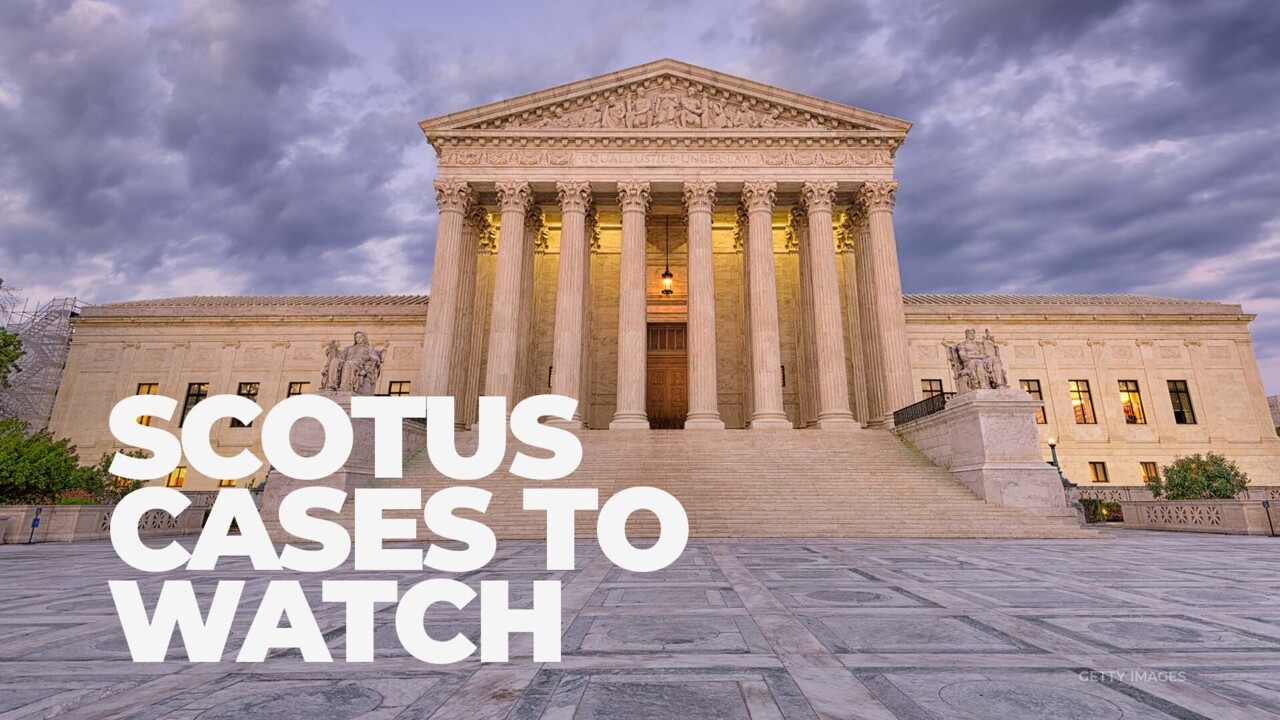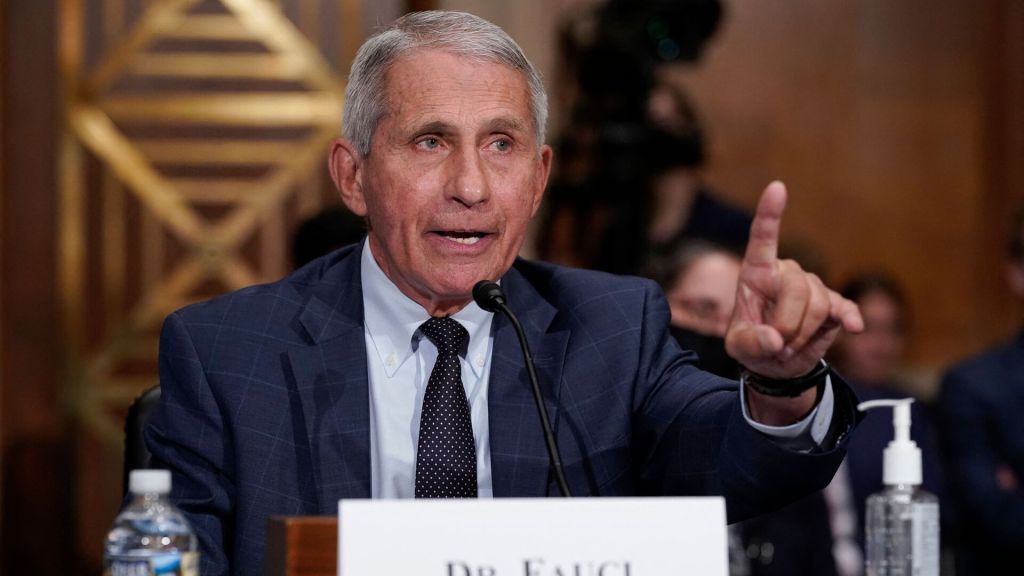
The Supreme Court is beginning its new term and Justice Kentanji Brown Jackson is taking her seat for the first time.
Justice Jackson, who replaced Justice Stephen Breyer, will not change the court’s 6-3 conservative ideology, but she will have a very important say in cases that could forever change voting, college admissions and immigration.
Here are three of the biggest cases to watch.
Number one: Students for Fair Admissions versus Harvard.
The Justices will decide whether colleges can use race as a factor in admissions. The ruling could overturn a previous decision that states considering race in order to have a diverse student body does not violate the Equal Protection Clause and Title Six. The petitioners also want a ruling on whether Harvard is penalizing Asian American students by participating in racial balancing.
Harvard President Lawrence Bacow stated: “Considering race as one factor among many in admissions decisions produces a more diverse student body which strengthens the learning environment for all.” This case is scheduled for October 31st.
Number two: Moore versus Harper.
The Justices will determine whether state courts can nullify and replace regulations for federal elections put in place by legislatures. It stems from a lawsuit in which the North Carolina state Supreme Court blocked a Republican drawn congressional map. A trial court then appointed three experts to draw a new map, and adopted it. The case revolves around the independent state legislature theory which says only legislatures have the authority to regulate federal elections and state courts cannot interfere.
Number three: United States versus Texas.
This is the second term in a row in which the justices will rule on the Biden Administration’s ability to enforce immigration policy as it sees fit.
A September 2021 memorandum by Homeland Security Secretary Alejandro Mayorkas instructed ICE to prioritize deportations for immigrants who are a threat to national security, public safety, and border security. But Texas Attorney General Ken Paxton argued it led ICE to skip deportations for immigrants with criminal records. The case will be argued the first week of December.
Now, there will be one more important change this term. For the first time since the COVID pandemic began, seating will be available to the public during oral arguments and masks will be optional. The court will continue providing a live audio feed. Straight from DC, I’m Ray Bogan.






